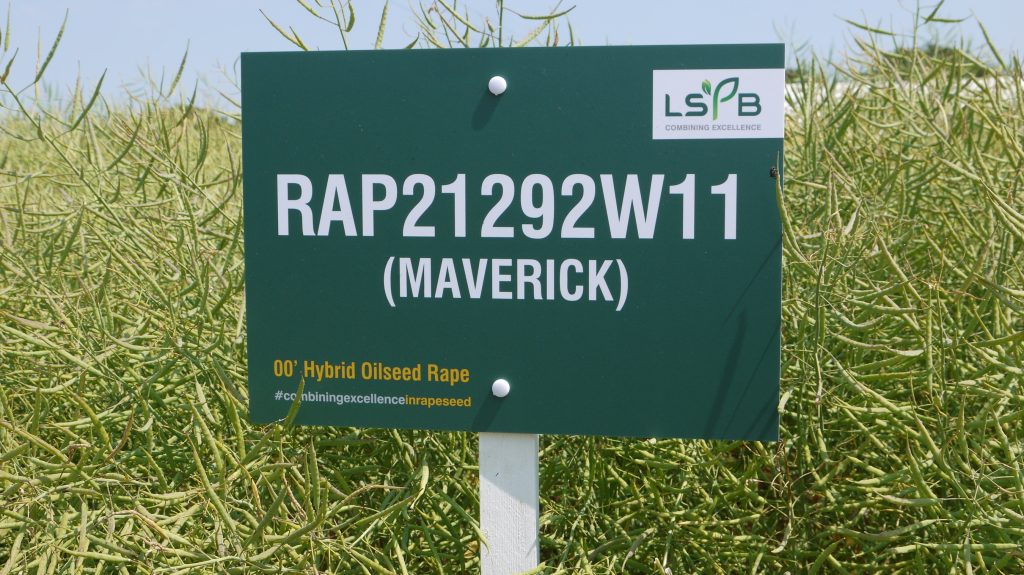“Does early drilled oilseed rape really get the best yield?” asks Chris Guest, managing director of LS Plant Breeding Ltd (LSPB, soon to rebrand as NPZ UK).
“We’ve seen a negative drift in yields on farm in recent years, and this is in direct contrast with what we see in our own breeders trials and in official trials.
“This contrasts with the significant improvements in genetics with the switch to hybrids added to, for example, the introduction of RlmS resistance to stem canker, featured in the recommended varieties Murray and Vegas, along with the candidate Maverick.
“So, what is the reason why growers are not seeing these genetic improvements translated into an ever-larger oilseed rape heap in their barn after harvest?
“Some challenges are outside the direct control of growers and have clearly made an impact – from climatic changes to the neonic ban and loss of chemistry.”
But Chris argues there is another factor which is within growers’ control – their crop management strategies – and in particular their choice of sowing dates.
Looking at on-farm situations, most rape is now drilled in early August with some growers now even getting crops in at the end of July, if they can, in a bid to get crops up and away to avoid the worst of any flea beetle damage.
However, if you look at both breeders and official trials, their average drilling date is significantly later – late August or even well into September- and this difference in drilling date could explain the yield gap between on-farm yields and trials yields.
He continues, “LSPB have been carrying out research and trials on later sowing recently, and we can see results that indicate growers targeting that really early window have lesser yields than they should expect. This is to be expected, based the work we have done in terms of crop development linked to temperature accumulation and the issues faced with a crop being too developed before winter, with early stem elongation leading to reduction in side branching.
“Moving to later drilling dates will of course depend on your farm situation, but if you are considering the change, a key prerequisite is to choose hybrid varieties – they are quick to get going with good autumn vigour added to strong spring re-growth.
“All LSPB oilseed rapes are hybrids – and LSPB’s high yielding winter varieties Murray, Vegas and Candidate Maverick fit the bill exactly.
“Look at some of the worthwhile benefits from later drilling to balance those of early drilling:
- Later drilled crops tend to be at less risk from CSFB larvae as it gives the adults less time for adults to lay their eggs in the crop.
- If there is a blackgrass problem, then later drilling gives time to create a stale seedbed.
- Weeds are often smaller and easier to control in a later-drilled crop, important with the ever-diminishing choice of herbicides.
- Where clubroot is an issue, later drilling should always be utilised as a cultural control method to reduce the risk of infection.
“LSPB has a series of trials this season looking at the later drilled position in comparison to current ‘normal’ sowing dates. Results from these will, we believe, reveal the facts that will drive the sowing date debate forward.
“We can then see whether moving some or all of a farm’s oilseed rape sowing into a later sowing position will help varieties on the farm live up to the promise of the breeders’ genetics.”

